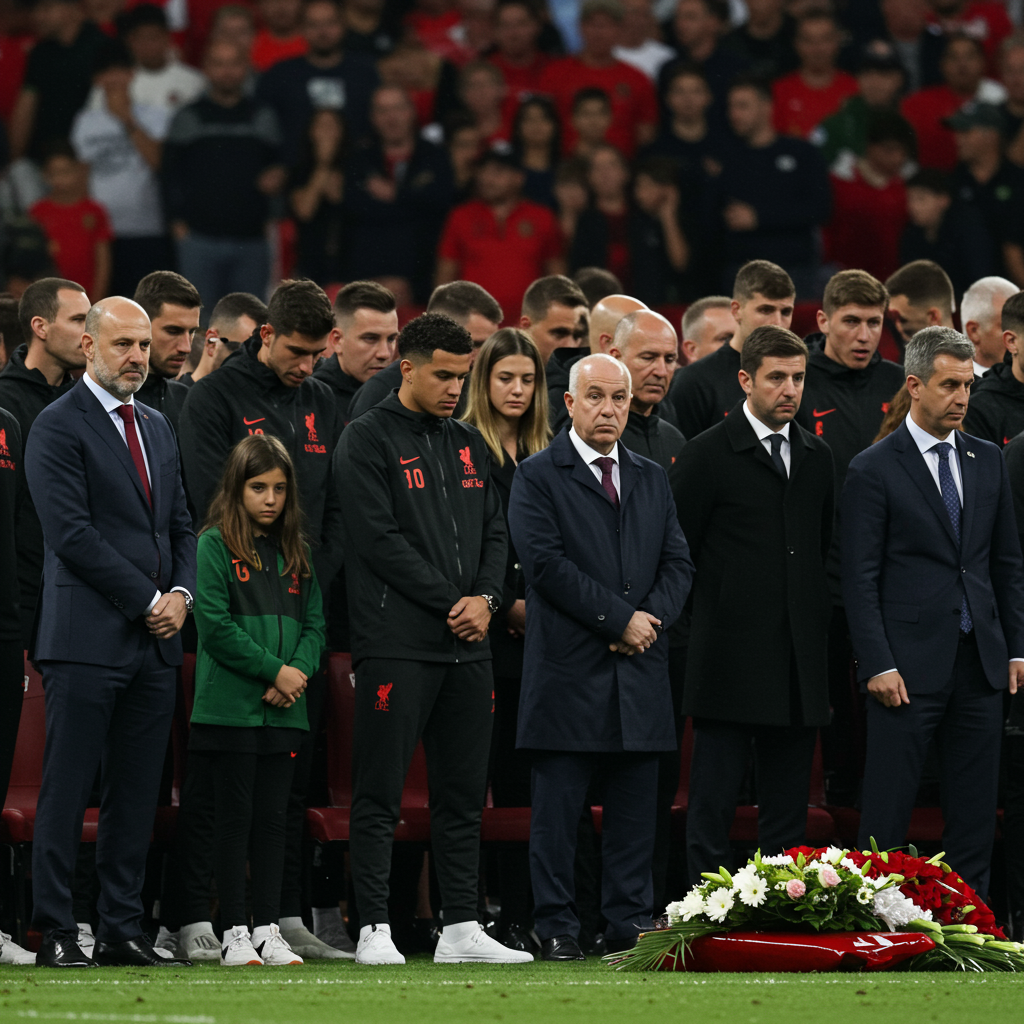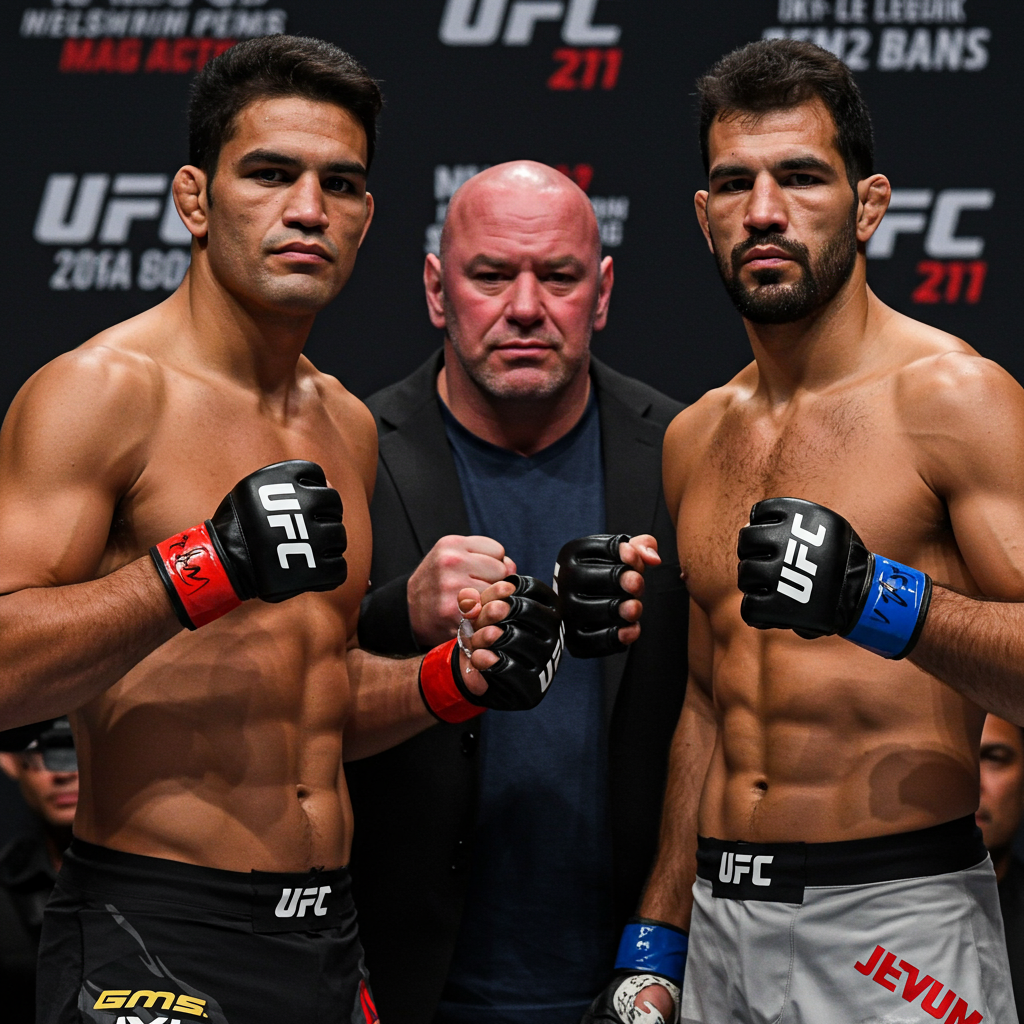The NBA landscape shifted dramatically this week with the surprising news that guard Damian lillard has been waived and stretched by the Milwaukee bucks. While rehabbing a significant injury, Lillard is now effectively a free agent, instantly becoming one of the most sought-after names on the market. Reports suggest several contending teams are lining up, and sources indicate the Boston Celtics are among those expressing interest in the star player. This development presents a fascinating opportunity for Lillard and a complex strategic decision for potential suitors, including the reigning NBA champions.
Bucks Make Bold, Expensive Cap Move
Milwaukee’s decision to waive and stretch Damian Lillard was unexpected, especially given the financial implications. The former Bucks star was owed a substantial $112.6 million over the next two years. By waiving him and utilizing the stretch provision, the Bucks have spread that remaining salary obligation across five future seasons. This maneuver leaves Milwaukee with a significant cap hit of approximately $22.5 million annually for the next half-decade. While a costly long-term commitment, this move reportedly cleared necessary cap space for the Bucks to pursue and sign center Myles Turner, signaling their priorities moving forward despite the future financial burden.
Navigating Recovery: Lillard’s Injury Status
Damian Lillard’s current status is heavily impacted by a severe injury. He suffered a torn Achilles tendon during the first round of the 2025 Eastern Conference Playoffs against the Indiana Pacers. This type of injury requires extensive recovery. Medical projections suggest Lillard is expected to miss most, if not all, of the entire upcoming 2025-26 NBA season as he rehabilitates. Before the Achilles injury, Lillard also dealt with other health issues late in the 2024-25 season, including a blood clot in his calf that sidelined him in March and April before he returned briefly for the playoffs.
Despite the challenging injury timeline, Lillard finds himself in a unique position. Because his remaining salary is guaranteed and being paid out by Milwaukee via the stretch, salary concerns become less of a factor for Lillard when choosing his next team. This unprecedented financial situation allows the injured star to prioritize fit, potential future contention, or location when making his decision, offering him significant control over his next destination without needing a new team to immediately absorb his previous high salary figure.
Contenders Emerge as Potential Destinations
Following the news of Lillard’s waiver, multiple high-profile teams have reportedly expressed interest. According to sources like The Athletic, teams including the Boston Celtics, Golden State Warriors, and Los Angeles Lakers are among those looking to “do a deal sooner rather than later.” This signals a desire by these contenders to secure Lillard’s future commitment now, even with the understanding that his immediate impact will be zero due to his injury. Several other contending teams across the league are also anticipated to register interest in the seasoned point guard as free agency continues.
Securing Lillard now represents a strategic long-term play. While he won’t contribute on the court during his recovery, signing him via buyout allows teams to add a proven star talent to their roster infrastructure for future seasons without giving up assets in a trade. It’s a significant gamble on his ability to return to form after a major injury, but the potential payoff of adding a player with his scoring and playmaking ability at a reduced immediate cost (since his salary is covered) is enticing for teams aiming for future championships.
Celtics’ Past and Present Connection to Lillard
The Boston Celtics’ inclusion among the interested teams isn’t entirely new. There’s a documented history of mutual interest. Reports from 2023 indicated that Celtics cornerstone Jayson Tatum attempted to recruit Lillard before Lillard was ultimately traded to the Milwaukee Bucks. Following that trade, Boston made a pivotal move by acquiring Jrue Holiday, a decision that proved instrumental in their dominant run to the 2025 NBA Championship.
Now, the Celtics find themselves in a different phase. They are the defending champions, but are also facing significant roster continuity questions and the impact of major injuries. Jayson Tatum, like Lillard, suffered a torn Achilles and is expected to miss most, if not all, of the 2025-26 season. This context adds another layer to the Celtics’ potential interest. Would they acquire Lillard to pair him with a healthy Tatum and Holiday in 2026-27? Could Lillard serve a mentor role during his recovery? The fit and timeline for the Celtics are complex, blending their recent success with current injury setbacks and future planning.
During the 2024-25 season with the Bucks, before his season-ending Achilles tear, the 34-year-old Lillard averaged 24.9 points and 7.1 assists over 58 games. His offensive production remained high when healthy, showcasing the scoring punch he could potentially bring upon his return to the court.
Expert Analysis: The Buyout Gamble
Why are elite teams chasing an injured player who will miss a full season? The interest in Damian Lillard highlights a strategic perspective focused squarely on the future. For teams like the Celtics, Warriors, and Lakers, adding Lillard now through a buyout represents a long-term investment. His salary is covered by the Bucks for the next two years, meaning interested teams wouldn’t need to use their own cap space or taxpayer MLE on his salary until 2027-28, depending on the structure of a new minimum deal he might sign after the stretch payments end or if they sign him to a longer minimum contract now.
This approach allows contenders to stash elite talent for a future championship window. For instance, pairing a healthy Lillard with a healthy Jayson Tatum and Jrue Holiday in 2026-27 could create a formidable core for the Celtics, assuming all parties recover well and remain with the team. Similarly, the Warriors or Lakers could envision Lillard as a piece for their next iteration of contention. The risk lies entirely in his recovery from a severe injury at age 35 (by the time he potentially returns for the 2026-27 season). However, the potential reward of getting a future Hall of Fame caliber player for essentially free (in terms of salary cost to the new team initially, though they still need a roster spot) is a calculated risk these top organizations seem willing to consider. It’s a move about asset accumulation for the 2026-27 season and beyond, recognizing that immediate impact is impossible.
Frequently Asked Questions
What does it mean that Damian Lillard was waived and stretched?
When a player is waived, their team releases them. If the player has guaranteed money remaining on their contract, the team still owes them that money. The “stretch provision” allows a team to take the total remaining salary owed to a waived player and spread it out evenly over a period equal to twice the remaining contract years plus one. In Lillard’s case, his two remaining years of guaranteed salary were stretched over five seasons, resulting in a smaller annual cap hit ($22.5M) for the Bucks, but extending their financial obligation much longer.
Why are teams interested in Damian Lillard if he is injured?
Teams like the Celtics, Warriors, and Lakers are interested in Lillard despite his torn Achilles because his salary for the next two years is guaranteed and being paid by the Milwaukee Bucks due to the stretch provision. This means a new team acquiring him via buyout would not have to pay his salary during his expected recovery period, which is likely to sideline him for all of the 2025-26 season. Interested teams are viewing this as a long-term strategic move to add a star player to their roster for the 2026-27 season and beyond, gambling on his recovery from the injury.
How does Damian Lillard’s buyout affect his choice of teams?
The fact that Lillard’s remaining salary is covered by the Bucks gives him significant leverage in choosing his next destination. Normally, a player’s salary is a major factor for teams trying to fit them under the salary cap. However, with his money guaranteed regardless of where he signs (as it’s being paid by Milwaukee), Lillard can prioritize factors like championship contention, team culture, location, or playing alongside specific stars, rather than needing a team that can afford his previous salary. This allows him to pick his new team without salary being a barrier for him personally.
Conclusion
Damian Lillard’s unexpected buyout creates a unique situation across the NBA. The Milwaukee Bucks made a significant financial sacrifice by stretching his contract to gain immediate cap flexibility, while Lillard, despite facing a lengthy recovery from a torn Achilles, gains unprecedented control over his next career move. For teams like the Boston Celtics, Golden State Warriors, and Los Angeles Lakers, acquiring Lillard now represents a calculated risk: banking on the future return of a superstar by adding him to their roster while his current salary is covered by his former team. As the offseason progresses, Lillard’s decision will be a major storyline, potentially reshaping the competitive balance of the league in the seasons to come, especially for those contenders willing to play the long game.


